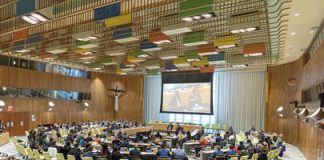ADVERTISING SPOT 7: CONTACT US TO PROMOTE YOUR ADS HERE
- Home
- Continents
- Diaspora
- Science
- Legal
- Humanitarian
- Business
- Languages
- Politics
- Prophetic
- MORE
- African Diaspora Leaders
- Arts & Entertainment
- Lifestyle, Beauty, Culture & Opinion
- Health, Food & Groceries
- Sports, Hobbies, Games & Fitness
- Jobs & Career Development
- Religious News & Studies
- Diaspora Engagement
- Legal, Human Rights, Gender, Children
- Travel & Tourism
- Books & Publications
- Subscribe to Newsletter
- Products
- Accounting and Bookkeeping
- Automotive & Industrial
- Beauty & Health
- Books & Audible
- Clothing, Shoes, Jewelry & Watches
- Consulting
- Credit & Payment
- Electronics, Computers & Office
- Financial and Investment
- Food & Grocery
- Home, Garden & Tools
- Legal
- Maintenance and repairs
- Marketing / Search Engine Optimization
- Mentoring and counseling
- Movies, Music & Games
- Photos and Prints
- Science, Technology, Engineering
- Sports & Outdoors
- Toys, Kids & Baby
- Website and Information Technology (IT)
- Diaspora Platform
- Diaspora Map
- About Us
- Contact Us
ADVERTISING SPOT 8: PLACE YOUR ADVERTISEMENT HERE
Legal, Human Rights & Gender
POPULAR CATEGORIES
- Others-UN13835
- Portuguese / Português4419
- French / Français3020
- Spanish / Español2553
- Global News2467
- Trending News2094
- Immigration, Brain Drain & Refugees1231
- Legal, Human Rights, Gender, Children1014
- Philanthropy & Humanitarian540
- Politics & Governance508
- Tropical Ecology / Écologie Tropicale (LEABENIN)462
- African News459
Copyright © Global Diaspora News, 2025. All rights reserved. Global Diaspora News is not responsible for the content of external sources and external sites.























